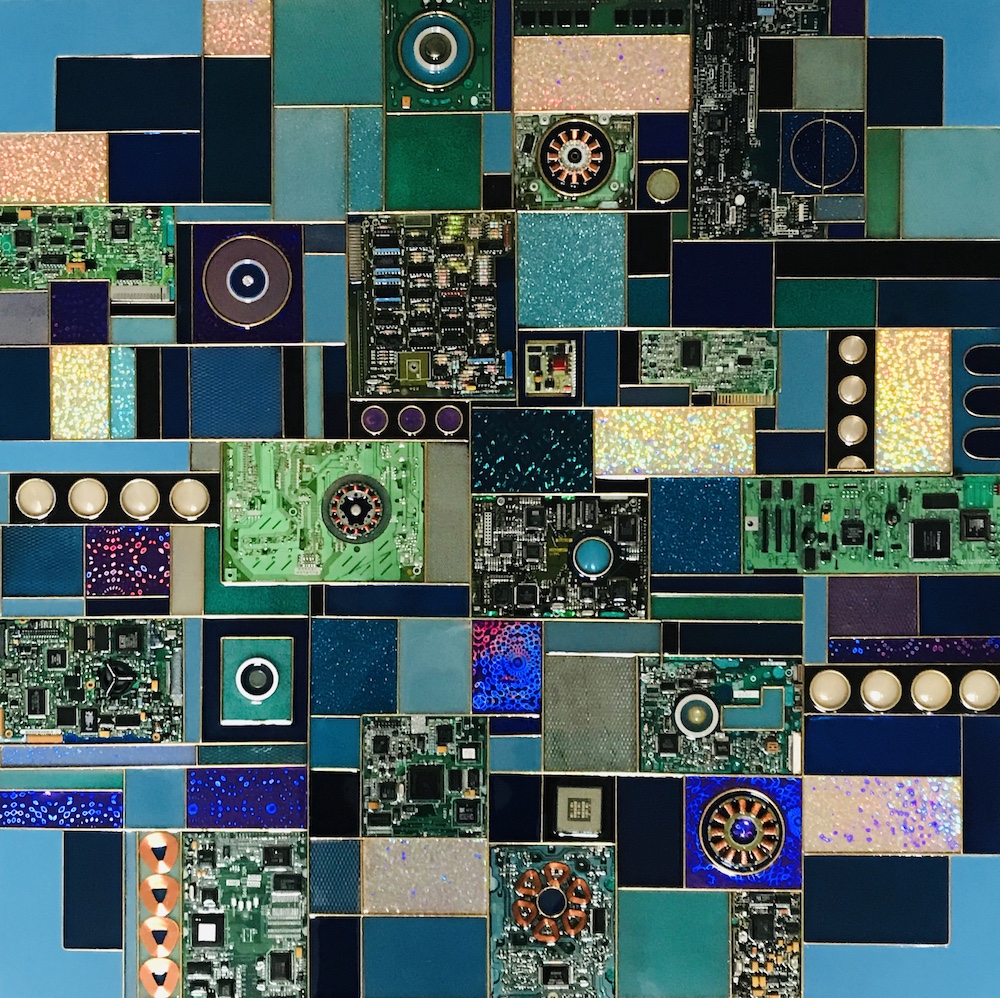The AI community has been marshaling its resources in the fight against Coronavirus with focus in three areas: diagnosis, treatment, and prediction. The biggest challenge thus far has been the lack of data, partly caused by a dearth of diagnostic testing. In this post, I give some examples of how AI is being applied in these three areas. Unfortunately, I don’t think AI will have a huge impact on our response to the COVID-19 epidemic, but what we learn here will help us in the future.
Prediction
There has been much discussion about “flattening the curve” so we don’t overwhelm our healthcare resources. The graphs being shown are based on predictions of how the disease can spread under different scenarios. We would like to know how many COVID-19 cases to expect, when and where they are likely to occur, and their expected severity. We would also like early identification of novel outbreaks.
In 2008, Google launched a project to predict and monitor flu called Flu Trends. It was shut down after it missed the peak of the 2013 flu season by 140 percent. But other companies learned from this epic failure and have since developed better solutions. At the end of February 2020, Metabiota was able to predict the cumulative number of COVID-19 cases a week ahead of time within 25% and also predict which countries would have the most cases.
Diagnosis
The most widely publicized AI success versus Coronavirus has been the development of Deep Learning models that can be used to analyze CT scans of lungs and distinguish COVID-19 pneumonia from other causes. Infervision and Alibaba have built models that demonstrate high accuracy. Here is a paper describing an approach by a Chinese team.
The issue here is that we would like an earlier diagnosis and not have to wait until there is pneumonia. Also, with the large number of cases, the capacity to perform CT scans could be exceeded.
Treatment
BioTech companies are using AI to identify already-approved drugs that can be re-purposed for Coronavirus and also to identify other molecules that could form the basis of an effective treatment.
Insilico is going after an enzyme, called 3C-like protease, that is critical for the coronavirus’s reproduction. They are using Generative Adversarial Networks (GAN) and other models in their drug discovery pipeline.
Conclusion
There have been great advances in AI technology this past decade, especially in the area of Deep Learning, that can be used for prediction, diagnosis, and treatment of infectious diseases. Our experience developing solutions for this current epidemic will help prepare us for the next one.
Featured photo of “Geek Machine” by Bob Mackie Copyright © 2020 Steve Kowalski
